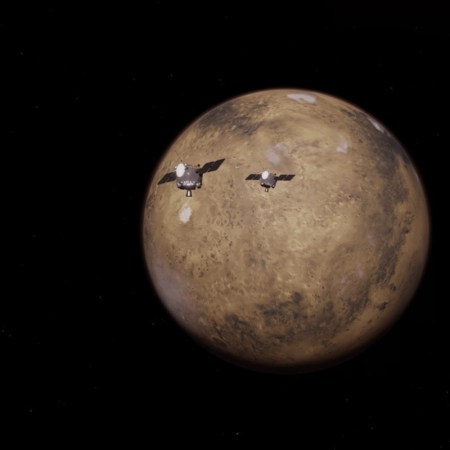What is the photo above? (Wrong answers only.) The bottom of a bucket of caramel corn. That piece of fool’s gold you have sitting in the back of a drawer somewhere. The inside of your stomach after you drink Goldschläger.
Actually, it’s the sun. Not just that, it’s the highest-resolution image of the surface of the sun ever taken. It’s one of the first images released from the National Science Foundation’s new $344M Daniel K. Inouye Solar Telescope, which is located on the summit of the Haleakalā volcano in Maui, Hawaii.
In a press release, the National Solar Observatory writes that the telescope “will enable a new era of solar science and a leap forward in understanding the Sun and its impacts on our planet,” such as the ability for magnetic eruptions from the sun to disrupt everything from our planet’s air travel to power grids.
But what exactly is the image showing? As MIT Technology Report explains, “It shows off a surface that’s divided up into discrete, Texas-size cells, like cracked sections in the desert soil. You can see plasma oozing off the surface, rising high into the solar atmosphere before sinking back into darker lanes.”
Yes! Texas-size! As the graphic below shows, what looks like a satellite view of a desert on earth is actually a much more massive expanse of gas.

If this seems impressive, get ready: it’s merely the first test of the telescope’s functionality. As MIT Technology Report notes, “When formal observations begin in July, DKIST, with its 13-foot mirror, will be the most powerful solar telescope in the world.”
Until then, you can peruse the images (and video) here.
Subscribe here for our free daily newsletter.
Thanks for reading InsideHook. Sign up for our daily newsletter and be in the know.



















